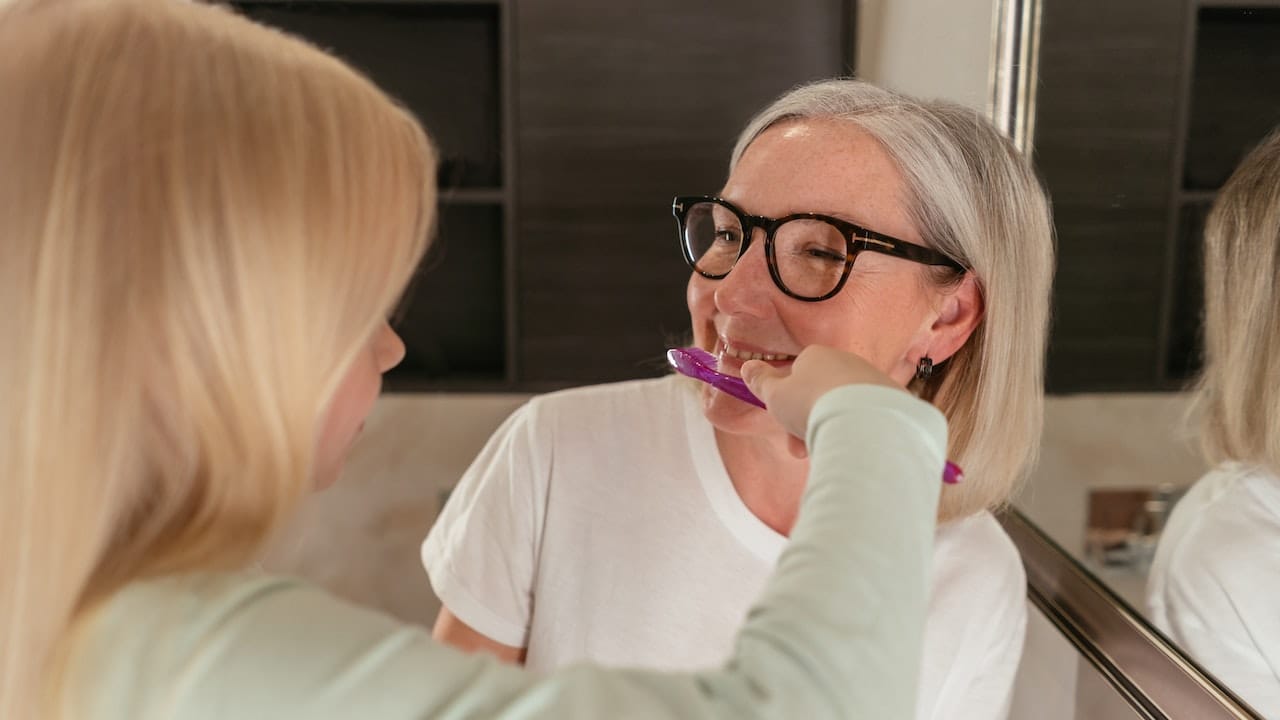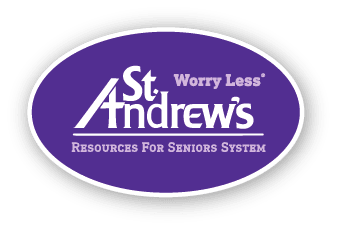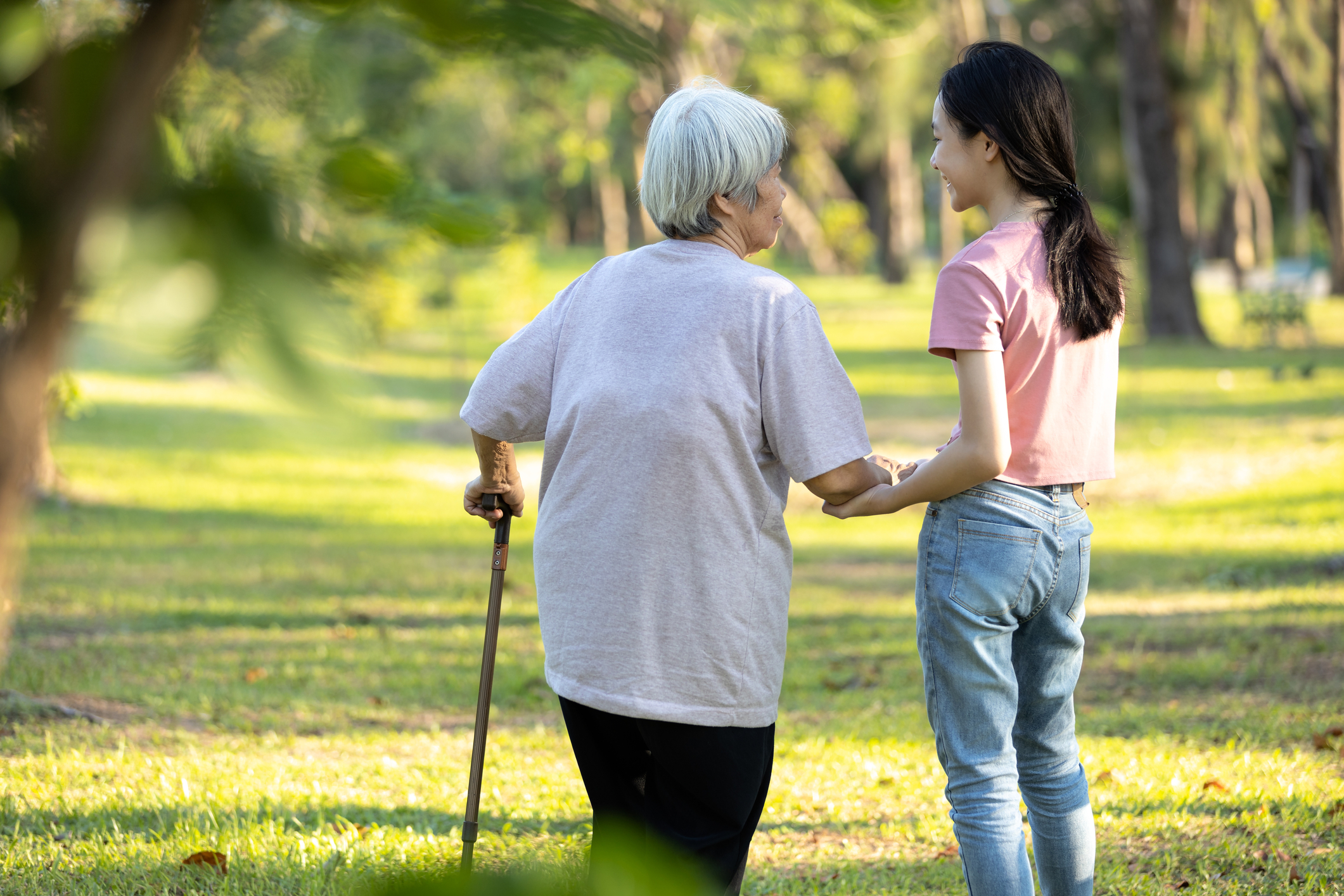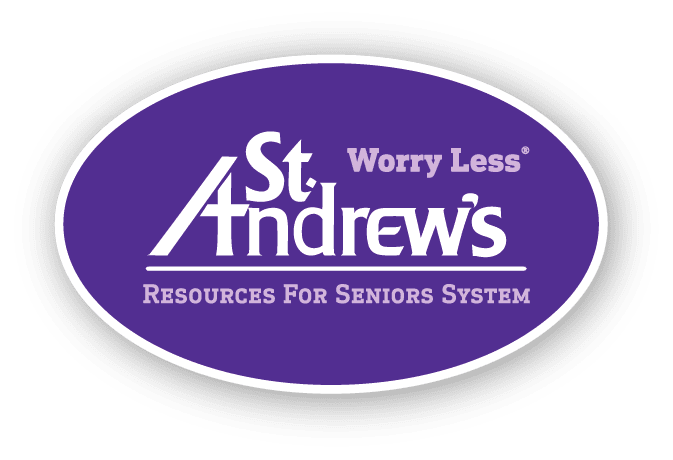Activities of Daily Living – What are They and Why are They Important?

Having the knowledge you need to make educated decisions on the best level of care for your family’s unique situation is what St. Andrew’s is all about. If you’re researching senior living options for your loved one, you’ve probably come across the term “activities of daily living,” also known as ADLs.
Knowing what this term means can help you better understand what senior care options are best for your family.
What are ADLs?
ADLs are basic hygiene and personal care activities that people complete every single day. In other words, people need to complete ADLs on a day-to-day basis for a high quality of life. When people cannot complete ADLs alone, the safest solution for the family is to work with professionals to craft an in-home care plan to meet the individual’s needs or to move the person who requires assistance into a long-term care community.
Experts usually divide ADLs into two categories: basic activities of daily living (BADLs) and instrumental activities of daily living (IADLs).
What are Basic Activities of Daily Living (BADLs)?
Basic ADLs, or BADLs, relate to a person’s ability to complete basic self-care tasks.
The six basic ADLs are as follows.
- Ambulating, or Moving: How well someone can move without assistance.
- Feeding: How well someone can feed themselves.
- Dressing: Whether someone can select appropriate clothes to wear and put these clothes on unassisted.
- Personal Hygiene: Whether or not someone can complete basic self-care tasks related to hygiene, including bathing, brushing teeth, combing hair, and nail care.
- Continence: The amount of control someone has over their bowels and bladder.
- Toileting: How well someone can independently reach the toilet, use it, and clean up after.
What are Instrumental Activities of Daily Living (IADLs)?
In contrast to BADLs, instrumental ADLS (IADLs) are concerned with problem-solving abilities and higher-order thinking.
Experts categorize IADLs in the following ways.
- Transportation: How well someone can get groceries and access either private or public transportation.
- Finance Management: How well someone can navigate their finances, including paying bills or overseeing other financial investments.
- Food and Meal Preparation: Whether or not someone can manage getting meals.
- Shopping: Whether or not someone can manage shopping for food and other necessities, such as clothing.
- Housekeeping: How well someone can independently maintain their living space, which includes doing laundry and keeping the place clean and well maintained.
- Communication: Whether or not someone can communicate with others via email or phone.
- Medication Management: Whether or not someone can refill their prescriptions and take them as prescribed.
Who Assesses ADLs?
Family members can unofficially check which BADLs and IADLs their loved ones can or cannot complete independently. Nurses and other professionals, such as occupational therapists, can officially complete an ADL assessment, which may be necessary to meet eligibility requirements for long-term care insurance or government assistance like Medicaid or Medicare.
Common ADL assessments include:
- The Lawton Instrumental Activities of Daily Living Scale, Lawton IADL Scale, or Lawton-Brody IADL Scale, named after gerontologists M. P. Lawton and E. M. Brody.
- The Katz Index of Independence in Activities of Daily Living, or Katz ADL Scale, named after Sidney Katz, who first coined the term “activities of daily living.”
Once ADL needs are assessed, health care providers and caregivers can work with families to create personalized care plans for the older adult in question, which can improve the well-being of all involved.
Why ADLs are Important for Senior Care
ADL assessments can help you determine your loved one’s personal care needs. Knowing these needs helps your family decide on the right long-term care services, whether they be residential care services or in-home care services.
For example, someone who needs practically no help with ADLs/IADLs would be perfectly suited to life in an active living or independent living community. Someone who requires a little assistance, however, would thrive best in an assisted living community or receiving in-home care from either family caregivers or traveling healthcare professionals. People who require extensive assistance with ADLs would be safest living in a committed skilled nursing care community or memory care community.
Every community in the St. Andrew’s network takes each resident’s needs and abilities into consideration when crafting individualized resident care plans. Likes, dislikes, abilities, and more—they make our residents who they are, and knowing each resident is what makes our network a true community.
You can contact us to learn more about determining your loved one’s abilities and needs, as well as learn about how our resident-first approach to care can help your entire family Worry Less®.







